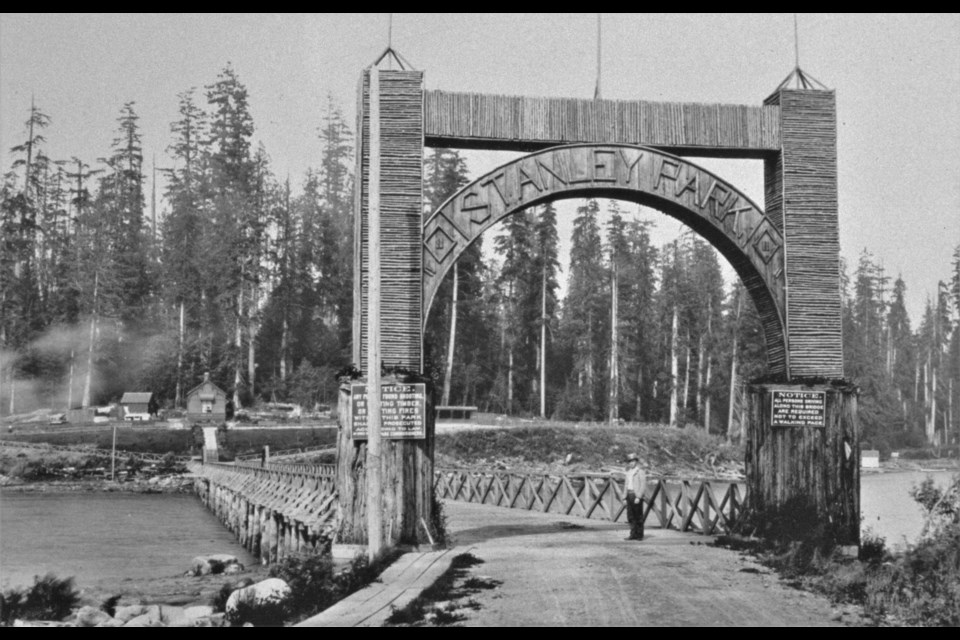Stanley Park is arguably Vancouver's best-known attraction.
It's certainly one of the oldest.
It should be noted that there was an indigenous village called X̱wáýx̱way on the land long before the park existed.
Stanley Park was created in 1888, just two years after the city was formally founded. The park was immediately a destination for locals to meet, explore, and be seen. The causeway, which later became the seawall, was a popular area for people to gather and stroll.
The city looked quite different back then, and some important pieces didn't exist including the Lions Gate Bridge (built in the 1930s). Also, the Lost Lagoon wasn't a closed-off body of water, but actually a marshy area (the name comes from the fact that at low tide the lagoon would be lost, in a sense).
So the park became a fixture of life in the early days when a promenade was a place to be seen. At the time live shows and the written word were the dominant forms of entertainment before radio shows took off.
The first entrance to the park was a simple one. A big wooden gateway was built using the stumps of two big trees. Under the gateway, the road (which would become West Georgia Street and Highway 99) passed, before going over the bridge and into the forested park. When the city's electric railway was built, Stanley Park was an essential stop, with people getting off at the bridge.
That was good enough for a couple of decades, but in 1913 a new entrance to the jewel of the city was built, creating the Lost Lagoon. That entrance hasn't changed radically since it was built. The pedestrian boulevard in Coal Harbour still essentially exists, though it looks wildly different thanks to time, growing trees, and some realigned roads.
The park was perhaps more popular then than it is now, with crowds often gathering there, including at the entrance which was much more open than it is now.
As the age of cars took hold and the Lions Gate Bridge was built the area continued to evolve into what we know now. The roads expanded, especially in width, and the walk along the causeway didn't hold the same status as being seen out and about mattered less in social circles, but was still a nice walk.
Want to see more historical photos of Stanley Park? The city's archive has a digital collection.



